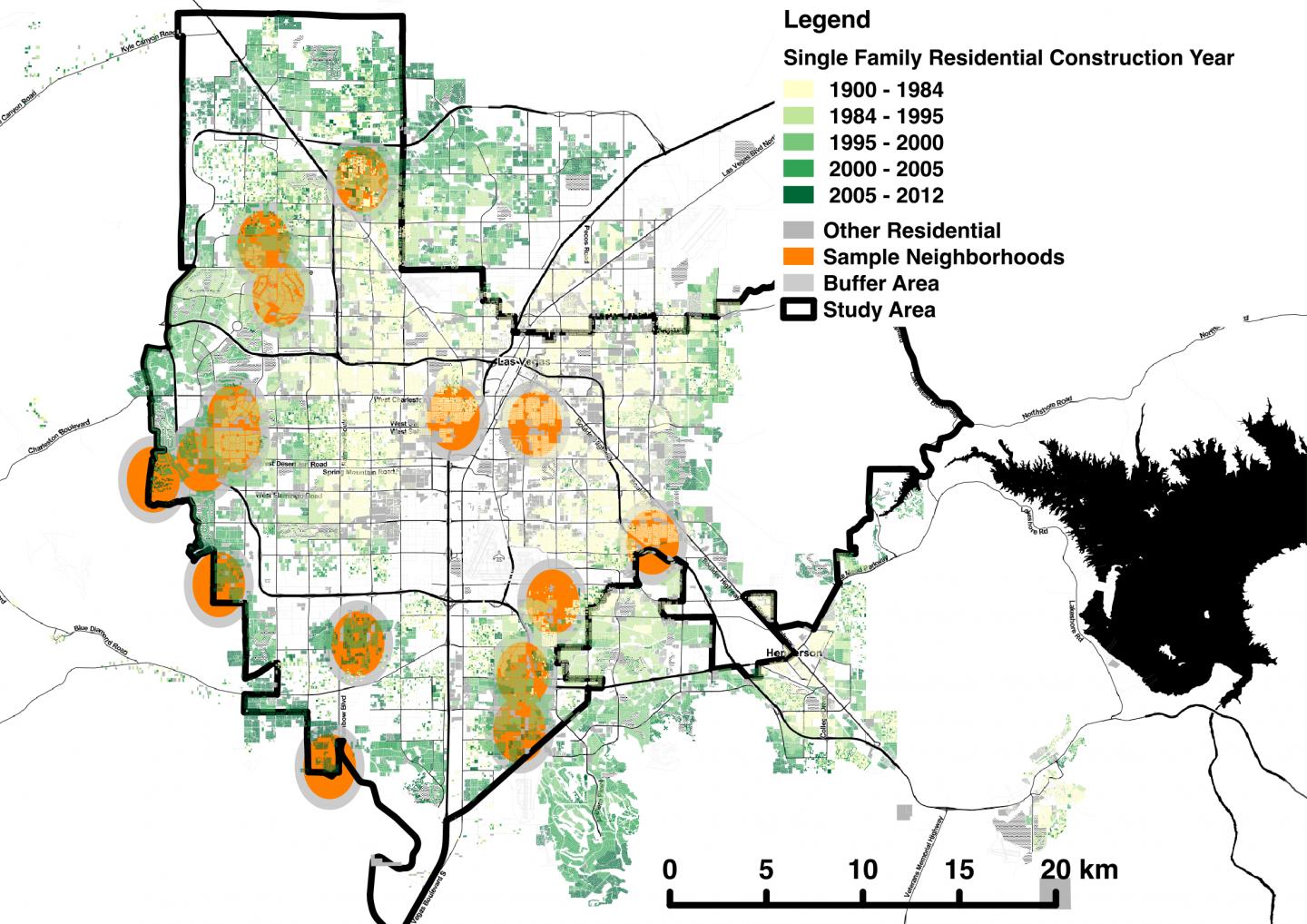Transportation–Going with the flow.
Self-driving motors promise to maintain traffic shifting easily and decrease fuel utilization; however, proving the benefits has been a venture with so few connected and automated automobiles or Cavs presently on the street. To look at the capacity advantages, researchers at Oak Ridge National Laboratory developed a simulation framework that analyzes the effect of partial market penetration of Cavs on gas consumption, tour time, and traffic flow in a merging on-ramp situation under low, medium, and heavy site visitor volumes.
“We discovered that an elevated wide variety of Cavs communicating and coordinating riding activity stabilizes traffic go with flow and, depending on the visitor’s volume, can lessen fuel use by more than forty percent,” said ORNL’s Jacky Rios-Torres. “A regular visitors sample, in flip, improves journey time.” Future studies will discover the effect of Cavs in numerous visitor eventualities and determine whether Cavs can, in a roundabout way, affect the overall performance of human-driven vehicles. The team’s consequences had been posted in IEEE Transactions on Intelligent Vehicles. Caption: ORNL researchers created a simulation framework to examine how coordinated, connected, and automatic cars should enhance traffic flow and decrease energy consumption during a merging on-ramp situation, even as interacting with human drivers. Credit: Oak Ridge National Laboratory, U.S. Dept. Of Energy
Physics–Elements at extremes
In neutron star mergers and supernovae, lighter elements take in neutrons to create heavier elements whose nuclei are neutron-rich and radioactive. To better understand this phenomenon, physicists turned to the “doubly magic” tin isotope Sn-132, colliding it with a target at Oak Ridge National Laboratory to assess its residence as it lost a neutron band ecome Sn-131. The results, published after years of complex information evaluation, combined with a previous experiment wherein a nucleus of Sn-132 gained a neutron to come to be Sn-133. “Many ambiguities are reduced by way of systematically analyzing the addition and subtraction of neutrons,” stated ORNL’s Steven Pain. “This is the first time this method has been applied to such a heavy neutron-rich nucleus. These outcomes will assist benchmark theoretical fashions and manual future investigations of unstable nuclei with even extra neutron surpluses.” The test became the remaining performed at ORNL’s Holifield Radioactive Ion Beam Facility earlier than which ceased operations in 2012. [Contact: Dawn Levy,

Caption: Position-sensitive silicon detectors form the “nerves” of the Super Oak Ridge Rutgers University Barrel Array and yield the high spatial decision that enabled the Sn-132 test at ORNL–the primary neutron-removal reaction on this type of heavy, neutron-wealthy nucleus. The array, hooked up at Michigan State University, must begin operations in 2022. Credit: Steven Pain/Oak Ridge National Laboratory, U.S. Dept. Of Energy
Grid– a Balancing Act
Oak Ridge National Laboratory scientists have devised a method to control the heating and cooling systems of a massive community of homes for power grid balance–all while ensuring the comfort of occupants. Buildings devour approximately 73 percent of the nation’s power, and about half of that is for heating, ventilation, and air conditioning systems. Harnessing the HVAC-related call for a fleet of homes “could make a distinction in frequency regulation,” or what grid operators refer to because of the stability between supply and call for, said ORNL’s Mohammed Obama. “We evolved management schemes that do not require a large variety of calculations and can be carried out without problems on current HVAC structures that have simple on-off controls.”
Simulations observed that the controls are a hit in imparting frequency regulation from a fleet of 50 buildings whilst retaining indoor temperatures within 0.5 degrees Celsius of a set range. The studies are particularly inside the journal Energies. [Contact: Stephanie Seay, Caption: ORNL scientists have devised a control architecture for a fleet of HVAC devices that could allow utilities to harness the call from a metropolis’s worth of homes to assist the stability of the electricity grid. The research is funded with the aid of DOE’s Building Technologies Office. Credit: Andy Sproles/Oak Ridge National Laboratory, U.S. Dept. Of Energy
Neutrons–Gentle strain
Scientists from AK Steel Corporation are using neutrons at Oak Ridge National Laboratory’s Spallation Neutron Source to discover how distinct manufacturing tactics will affect the employer’s new AHSS performance or superior high-electricity metal, referred to as NEXT one thousand. Neutrons, not like electrons or X-rays, are surprisingly penetrating, non-negative, a nd sensitive to lighter elements, making them ideal for this novel category of metal substances. “The VULCAN instrument at SNS provides records about the crystal shape of AHSS for the duration of one-of-a-kind stages of the stamping method that we cannot get everywhere else in the United States,” said Wei Wu of AK Steel.
“This data will be critical to enhancing our manufacturing strategies and will make it less complicated to speedy become aware of the satisfactory new substances to combine with NEXMET® 1000 to provide lighter, safer, and longer-lasting car components.” [Contact: Kelley Smith, Caption: AK Steel Corporation scientist Wei Wu holds a sample of the organization’s new superior high-electricity steel. Wu is the usage of neutrons to look at how the fabric is suffering from various manufacturing processes to provide automobile additives that enhance gas performance, last longer, and are more secure. Credit: Kelley Smith/Oak Ridge National Laboratory, U.S. Department of Energy
